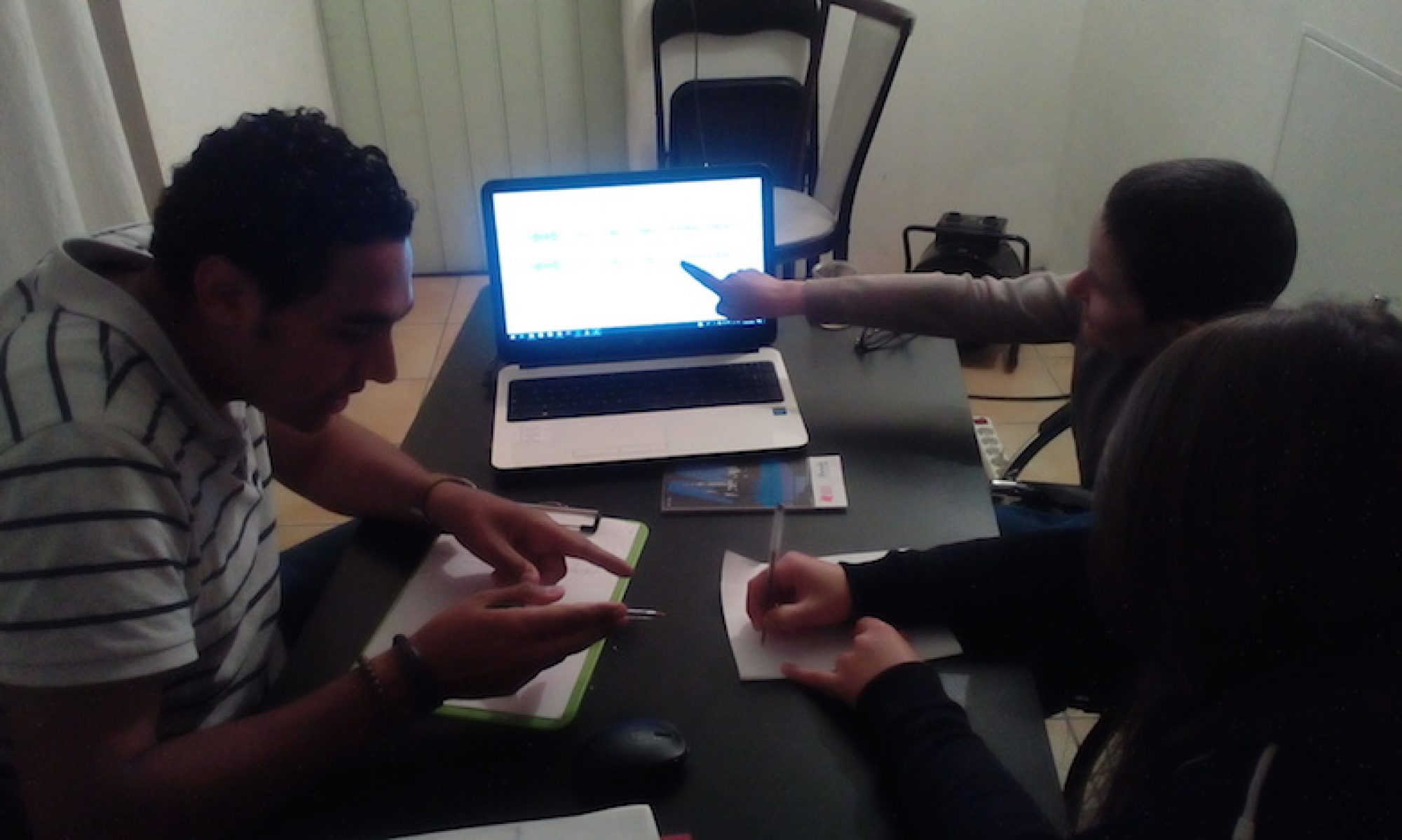|
Overview |
Various games and exercises to be applied when starting non-formal education trainings, in particular free theatre sessions |
|
Objectives |
– warm-up, sensitising to perception of one’s one body, the group, the environment, – group building by joy and fun, – Participants experience their own creativity, – Overcoming fear to play scenes/theatre, |
|
Materials |
Space for group work and a (self-created) scene |
|
Time |
20-30 minutes |
|
Group size |
5-25 or more |
|
Instructions for trainers |
Greetings 1. Participants – actors and non-actors – walk through the room. 2. Ask them greeting each other, each time in another way: by hand, by knee, then by shoulder, later as a cat („miau“), as a frog („quak, quak“), as very good friends, as business persons, in an enthusiastic way, and with a sad feeling in this moment. 3. Alternative version: All walk through the room. Say „number 1“ and ask one participant to show a gesture; later other persons (number 2,3,4). All continue walking. The trainer calls a number and all actors show the appropriate gesture. All, but not a bottle 1. Put a plastic bottle in the middle of the room. 2. Explain that the object may all be besides a bottle. 3. Invite the participants to develop ideas and show what this „bottle-object” could be used for. It might be ‘transformed’ in a comb, a hoover, an eyelashes spiral, etc. 4. Wait a minute in the beginning. Participants need a moment to jump into the excersise. What are you doing? 1. Invite participants to stay in a row. Encourage on of them to stay in front of the group. Go to this actor and say an activity, for example giving a speech. Ask the actor to perform this. Explain that the first person in the row shall later ask the actor: „What are you doing?“ The actor calls an activity which does not correspond to the performed one at all, in our example: making yoga or dancing or cleaning the toilette or … 2. Explain that the actor goes then back to the row. The person in the row who asked „What are you doing?“ goes as actor in front of the group and performs the activity (making yoga or …). 3. Explain that the next participant in the row shall ask: „What are you doing?“ The actor says a different activity to describe what he/she is showing. And so on … |
|
Debriefing and evaluation |
|
|
Tips for trainers |
Instead of a bottle can be chosen other objects like a chair, a bag, or… Challenges that might occur: . Important: 1. All people can be actors. One idea of the Theatre of the Oppressed is to overcome the distinction between actors and the (passive, consuming) audience. 2. What participants do is based on their free decision. If anyone avoids taking part in an exercise, it is o.k. All is voluntarily. 3. Making mistakes is o.k.! 🙂 Participants face difficulties to move or are not used to talk in front of a group. Trainer should try to find creative solutions to include them as they are which are often quite simply. Remark: The main inspiration for the exercises is taken from Augusto Boal, Games for Actors and Non-actors, see http://www.deepfun.com/wp-content/uploads/2010/06/Games-for-actors-and-non-actors…Augusto-Boal.pdf |
|
More exercises on http://comem.weltgewandt-ev.de/fresh-ups-for-theatre |

European Cooperation for Adult Education
